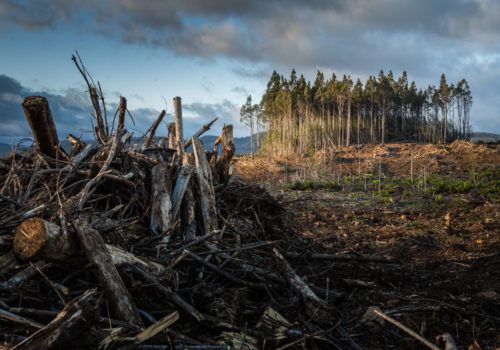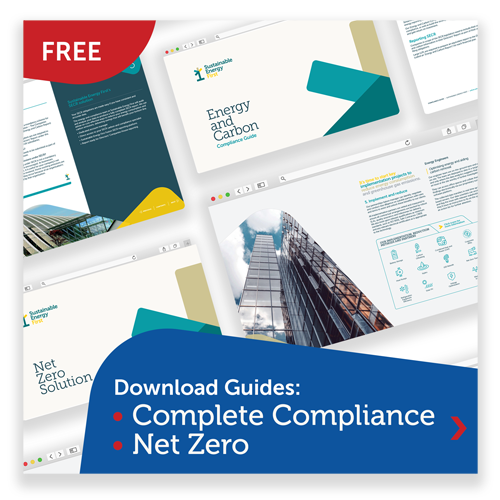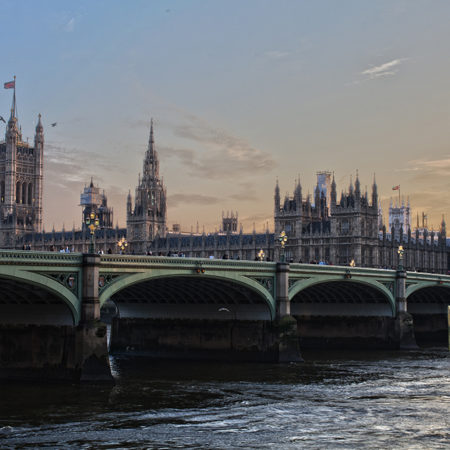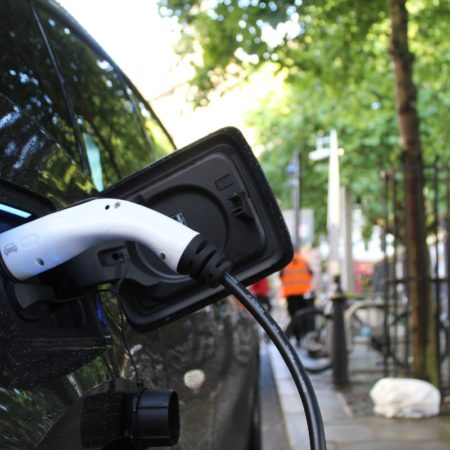With the 26th UN climate change conference (COP26) just weeks away, many UK businesses are thinking about their climate impact. Even among those who have already signed some kind of emissions pledge, there is huge variation in terms of how ambitious the pledge is and the actual progress made. One very useful exercise for the next month is to examine your company’s values and actions in terms of the official COP26 goals.
Mitigation
In global terms, this means mitigating the worst effects of climate change by limiting global warming to 1.5°C over pre-industrial levels. In terms of your business, this means mitigating your own climate impact by cutting emissions as much as possible, with the ultimate goal being to reach net zero emissions by a specific date. This means getting a clear and detailed idea of what your company’s total emissions are today, then devising a strategy to reduce them. Of course that’s much easier said than done, but here are some resources to help you get started.
- The first 5 steps towards becoming a net zero business
- 10 ways to set a net zero target without greenwashing
Some organisations have been criticised for picking the “low-hanging fruit” of easy, affordable energy efficiency measures. In fact, it makes perfect sense to prioritise actions that are simple and/or offer a quick return on investment, because this means cutting emissions more quickly. Of course you should have a plan (or at least a range of options) for the trickier areas, but in the meantime it is important that the easy-to-do actions simply get done.
Adaptation
The effects of climate change have been with us for some time: droughts, crop failures, flooding, species extinction. The earth has already warmed nearly a degree over pre-industrial levels and the greenhouse gases already in the atmosphere means that we are likely to hit 1.5°C even if we cut emissions to zero. This is why COP26 emphasises adaptation to help the world cope with the inevitable changes to our lives.
As a business, you need to consider how a world with 1.5°C warming would affect you. What about 2°C, or 4°C? The work of the Task Force on Climate-Related Financial Disclosures (TFCD) is becoming increasingly important, and it may soon become compulsory for many organisations to follow its guidance on reporting their climate risk. Investors are also increasingly expecting businesses to submit climate risk disclosures in line with the TFCD framework before they will consider investing – and if a business has no valid plan for surviving in a 2°C world, they will walk away.
Is climate one of the things your business considers when compiling risk assessment procedures or making significant investments? What are your company’s plans for adapting to a changing climate? Remember that changing regulatory requirements also count as a climate risk. If the government suddenly introduced strict limits on emissions for your sector, could you adapt?
Finance
The transition to a low-carbon world requires money. One of the COP26 goals is to “unleash the trillions in private finance that are needed to power us towards net zero”. This means that every financial decision needs to take climate into account, whether you are a business, a country or an international financial institution. Any investments made by your business should be aligned with the principles of net zero.
Companies also need to be transparent about how climate change – and the fight to stop climate change – will affect their bottom line. Your company’s plan for adapting to a warmer world and a different regulatory landscape should be public. This is usually discussed in terms of risks and damage limitation, but some businesses may see opportunities in this changing world, and these should be discussed openly too.
Collaboration
The aim of the COP26 negotiations is for every country attending to reach an agreement – no mean feat. But the principle of collaboration applies to businesses too. Many organisations have already made huge strides with their Scope 1 (direct) emissions and Scope 2 emissions (those from purchased energy), only to realise that most of their emissions are actually in their value chain (Scope 3). For most businesses, over 80% of the greenhouse gas emissions relating to their activities are actually generated by other businesses: suppliers, waste disposal services, transport services and so on.
Scope 3 emissions are the hardest to tackle, but collaboration is the key. It means opening up conversations with every organisation your business has dealings with. Sometimes there are unexpected benefits, such as stronger working relationships and improved processes. For more information, take a look at our quick explainer.
If your business is still getting to grips with the concept of net zero, you won’t have time to make drastic changes by the time COP26 rolls around. But the next month is a chance to take stock of where you are and formulate a plan for reaching net zero that your business can build on in the future.























